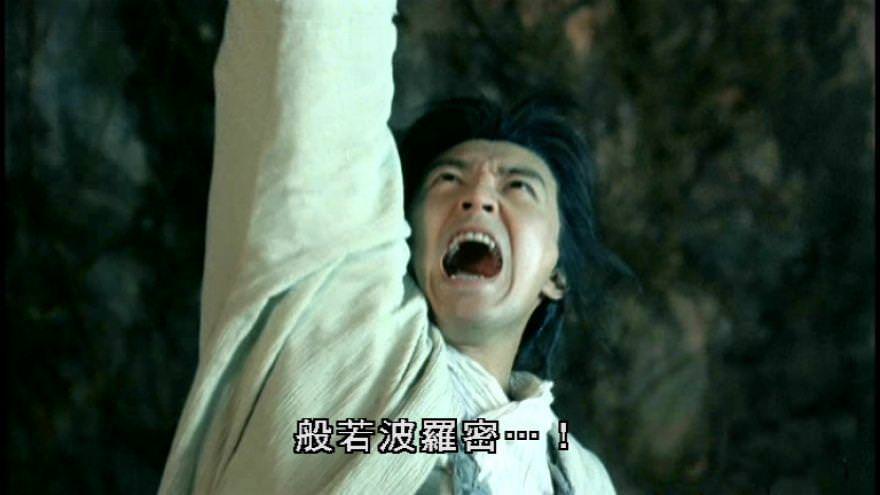On the Origin of the Chinese Character Representing the Ancestor
Last Tuesday was officially the Day of Qingming (清明). Calendrically, this day is one of the twenty-four seasonal markers in Chinese lunisolar system, but it was later designated as the “day” to perform ancestral worship (祭祖).
In Malaysia, the Chinese will usually pick the nearest weekends before April 5 to perform the act. Several rounds of grave gatherings are usually required because we tend to have many great grandparents, grandparents and/or parents, both patrilinearly or matrilinearly.
About two weeks ago, I went to the graves of my great grandparents (Hong Longwang 洪隆往 and Xie Minniang 谢敏娘) in Bukit Kangkar. Both of my grandparents died in the same year. My great grandfather died on February 10, 1949 (己丑年正月十三日酉时), while his wife died approximately nine months later on October 23 (己丑年九月二日未时). Nobody knows when they were born as the birth dates are not engraved on the tombstones. And possibly neither of them did not know their birthdays. I was told that my great-grandfather was in his sixties when he died. He was once a cook to Tan Kah Kee (陈嘉庚, b. 1874, d. 1961) before he saved enough money to settle down in Muar with some rubber plantations, probably in the 1930s.
We all roughly know that grave gathering on Day of Qingming is part of our unique culture coded based on Confucian obedience and filial piety. I guess that is the basic understanding for the subject for an average Chinese. I would like to, in this article, shed some new lights on the tradition of our ancestral worship, as it was practiced eons ago.
I would like to do this by analyzing the chinese character representing the word ‘ancestor' itself, that is, the word Zu (祖). The character is actually a union of two pictographs. On the left is the word Shi (示), etymologically, it means the altar or table for ancestral worship.
The pictograph on the right is the word Qie (且), it means the ancestral tablets stylized in the form of human male external reproductive organ, that is, the penis. The word Zu, is therefore, a reminiscence of an ancient practice called phallic worship. Similar arguments purported to explain the two characters can also be found here.
Traces of this ancient practice can still be found in places like remote regions that are rather isolated from mainland, such as Bhutan and Japan. Both of them were probably once shared the same set of beliefs as the ancient Chinese in the course of the evolution of their civilizations.






Comments